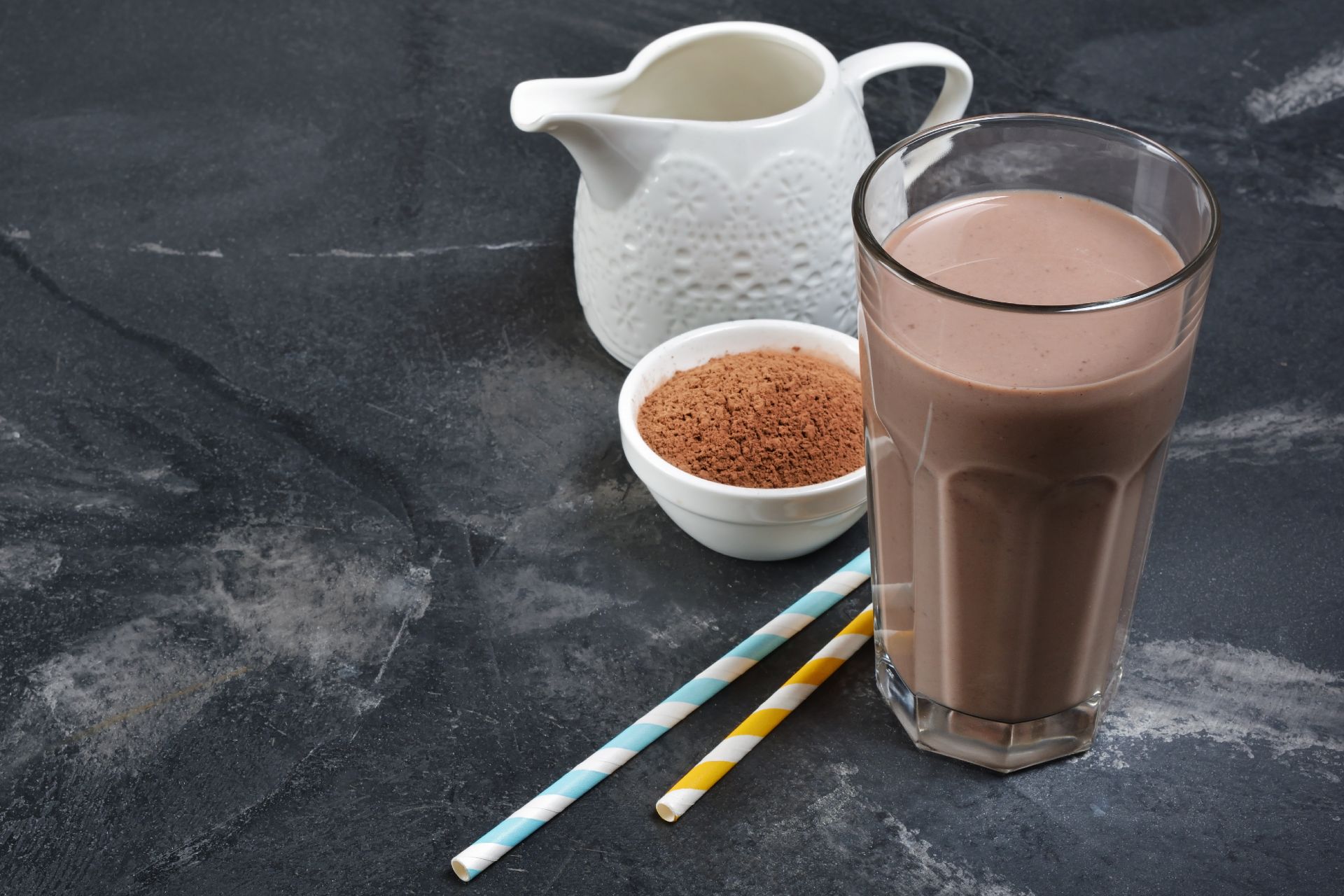True malt powder should not be confused with malted milk powder, an ingredient many people will be familiar with from childhood treats such as malted milk balls and malted milkshakes. Malted milk powder is made from malted barley, wheat flour and condensed milk, and is occasionally referred to as malt powder, but true malt powder does not contain any milk.
There are two different types of malt powder, known as diastatic and non-diastatic malt powder. In diastatic malt powder, the enzymes stimulated during germination are still active, and can be added to dough to break starches down into sugars. In non-diastatic malt powder, however, the only purpose of the enzymes is to break down the grain’s own starches and create a sweet flavour - after this the enzymes are deactivated using heat.
How is it used in the kitchen?
Diastatic and non diastatic malt powders have different properties that lend themselves to different culinary uses. Because non-diastatic malt powder contains no active enzymes, it is primarily used for flavouring and colouring, adding a slight sweetness and glossy brown colouring to baked goods, sauces and cereals. While malt powder and malted milk powder are not the same thing, non-diastatic malt is one of the ingredients in malted milk, which is used to amplify the flavour of chocolate in cookies, brownies and cakes.
Using diastatic malt powder to bake
Diastatic malt powder, with its active enzymes, is a useful ingredient for bakers, as the enzymes break down the starches and proteins in the dough, making them into sugars that can be used to feed yeast. This results in a smoother, higher rise, with a more finely-textured crumb, and also means you don’t have to use as much yeast. Diastatic malt also adds the same sweetness and glossy crust as non-diastatic malt, so you get a better rise, flavour and colour, without having to use as much of your precious yeast.
Use diastatic malt sparingly to replace sugar
The best way to use diastatic malt is as a replacement for some of the sugar in your recipe. It is important to use it sparingly, as too much malt can lead to over-proofed dough and an unpleasant sour taste. Many bread flours already have added malt powder, so be sure to check the ingredients before adding any more. If yours doesn’t, replacing one teaspoon of sugar with half a teaspoon of diastatic malt powder should be enough to provide the effect you need without over-proofing your dough.











